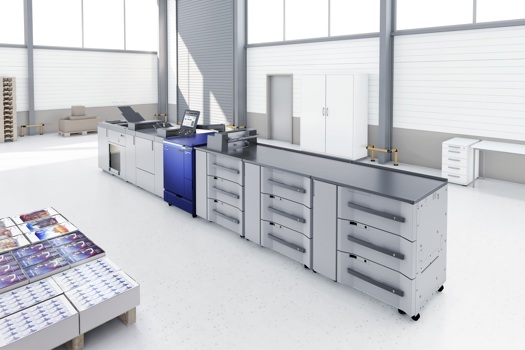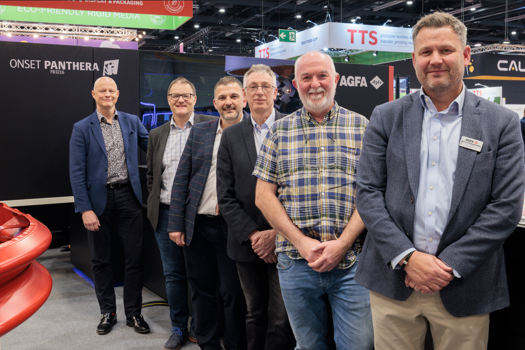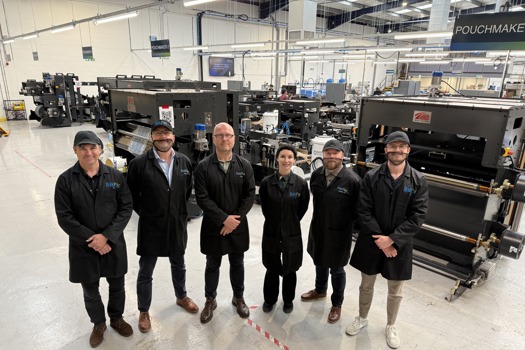The firm has developed a new exposure head that offers major speed improvements over previous models. By using a digital micromirror device (DMD) to modulate the light rather than an LCD shutter, the light output is increased by a factor of five. As a result conventional UV plates can be exposed Previously the low power of the unit meant it had to use more expensive projection plates.
A range of smaller format models aimed at the B2 and newspaper markets, UV-Setter 57, has also been launched. A twin headed newspaper machine, the 57-ZHS, is claimed to expose up to 125 plates per hour.
"Newspapers are very sensitive to plate costs, which is why they havent gone CTP yet, said president Friedrich Lllau. "The most important argument we have today is the cost of conventional plates. CTP plates are about double the cost of conventional plates." He also highlighted the processing tolerance of conventional plates.
The firm has formed alliances with workflow specialist OneVision, metal decoration press firm Bauer & Kunzi and an un-named Screen press manufacturer. It is also working on a UV flexo platesetter in its labs. By Barney Cox.
Have your say in the Printweek Poll
Related stories
Latest comments
"Very insightful Stern.
My analysis?
Squeaky bum time!"
"But in April there was an article with the Headline "Landa boosts top team as it scales up to meet market demand", where they said they came out of last year’s Drupa with a burgeoning order..."
"Yep. Tracked is king."
Up next...

Print services required
Trio of new tenders up for grabs

Greater automation and ease-of-use
Konica Minolta enhances AccurioPress C7100 series

Energy savings and wider gamut
Wilmot-Budgen takes first LED Onset

Weekly one million mark


